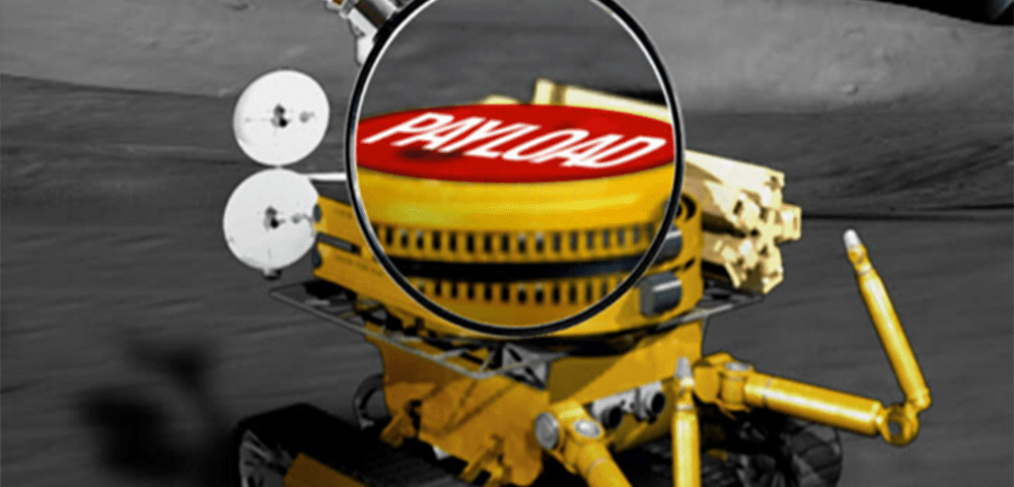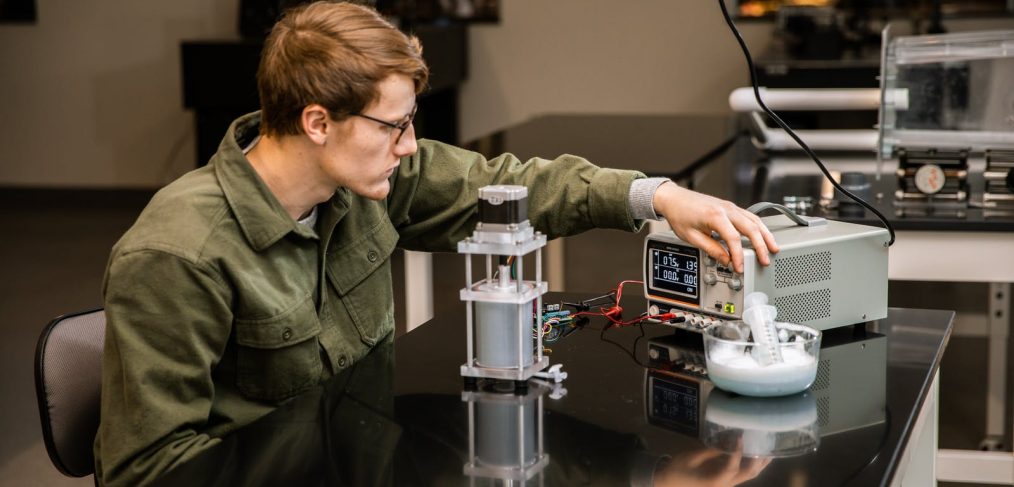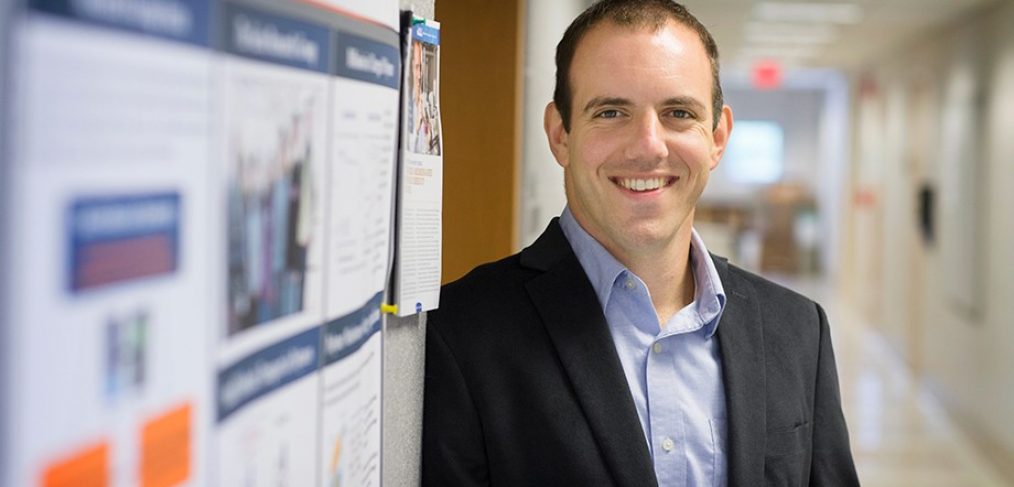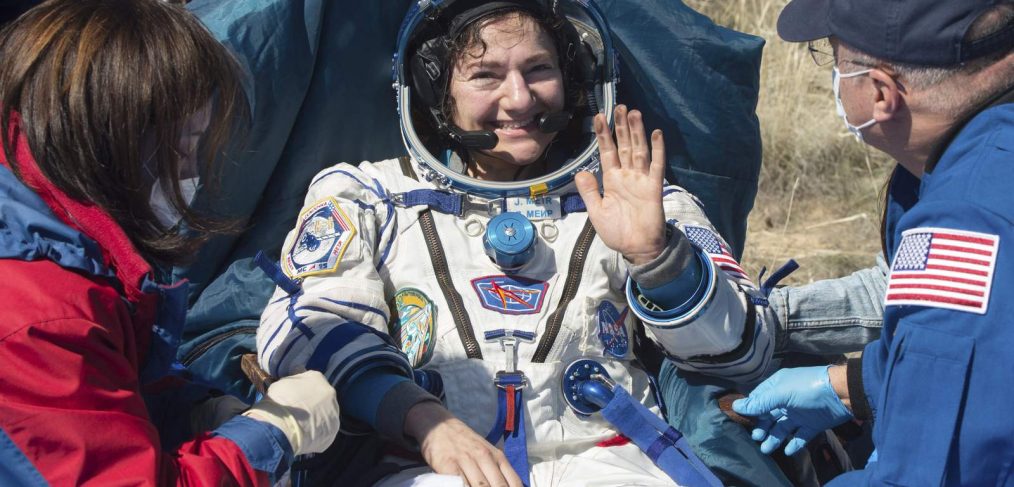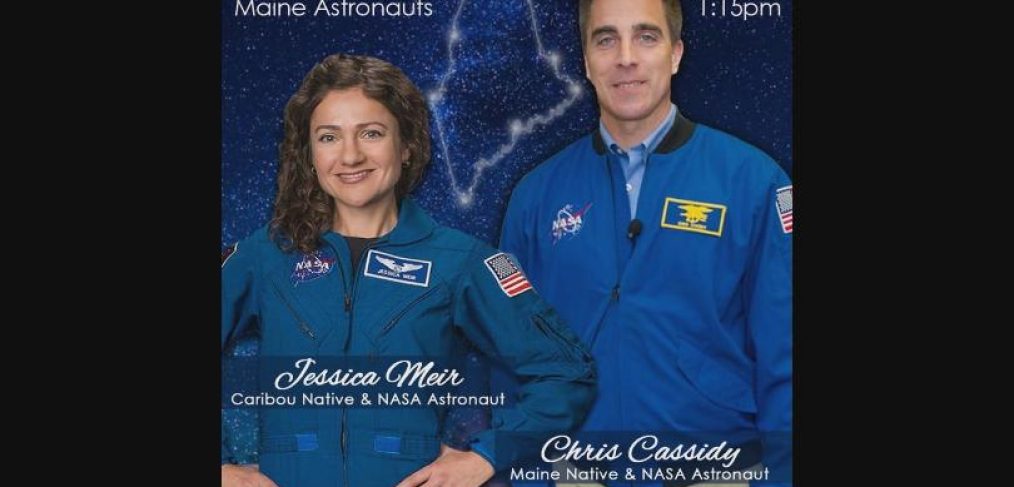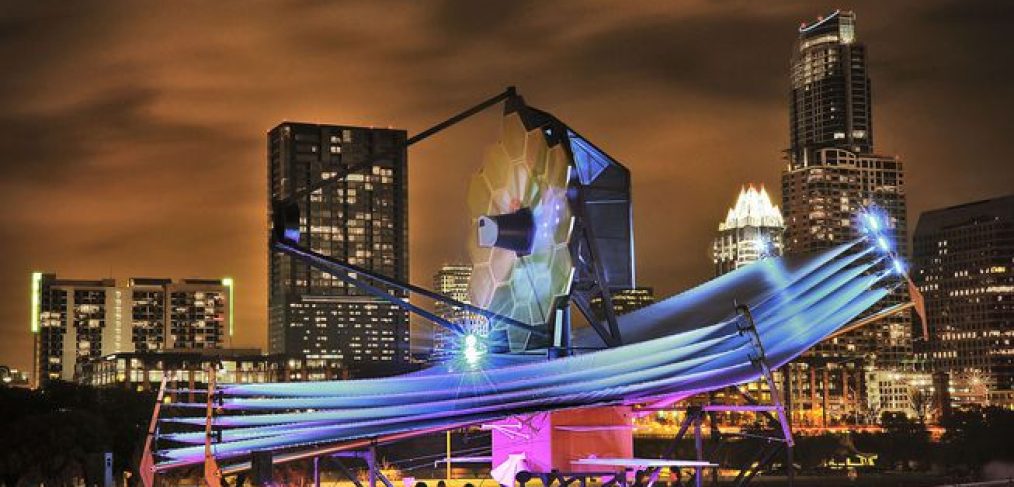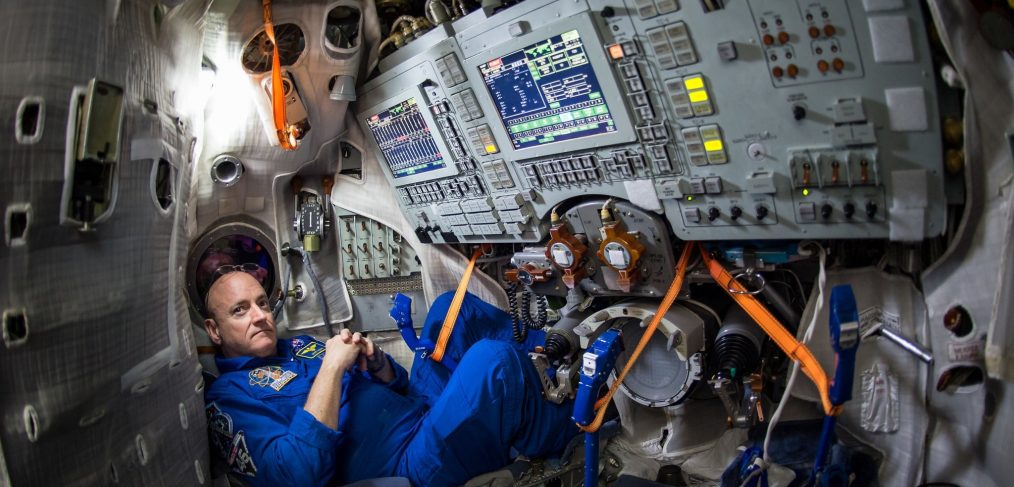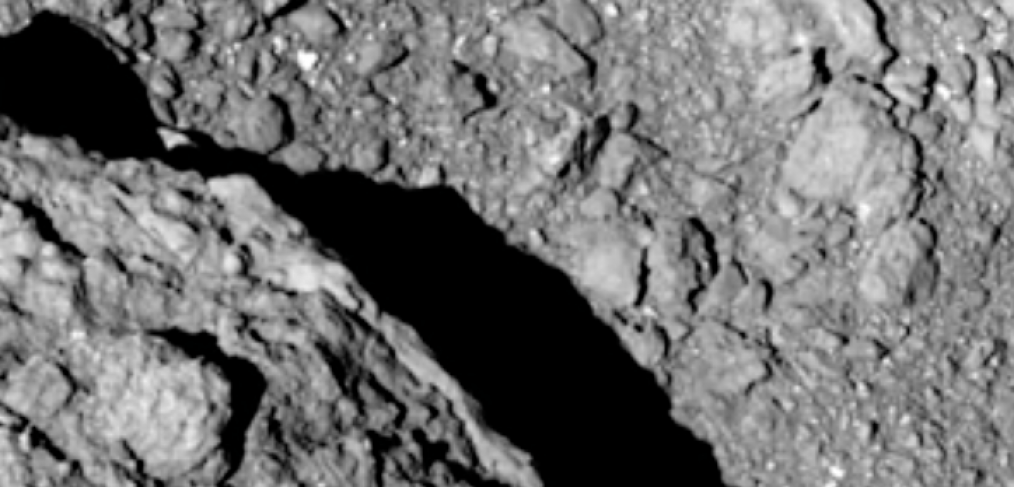The Milky Way Galaxy. Photo by Brunier/NASA.
New Journeys into the Heart of North Carolina’s Darkness
The Outer Albemarle Peninsula offers some of the darkest skies on the U.S. Atlantic seaboard, with sites for unsurpassed stargazing and a nightscape experience full of wildlife at play under the music of the spheres.
Excerpts from the North Carolina Sea Grant Coastwatch article by Dave Shaw. Read the full article here.
NC Space Grant supported the Night-Scape Resource Project through a Community Collaborative Research Grant, in partnership with NC State’s Kenan Institute of Engineering, Technology, and Science and North Carolina Sea Grant. East Carolina University’s Department of Geological Sciences and ECU’s Coastal Studies Institute also provided key support.
The Yellowstone of the East
Welcome to the “Yellowstone of the East,” where the Gothic South meets the galaxy. Here on the Outer Albemarle Peninsula, you can stare into the soul of the Milky Way, a gash of glitter across the night sky that formed billions of years before our planet. You can watch the moon rise, feathering cirrus clouds of silver and indigo, or follow the night’s new river of light across a black inlet out to the horizon. Bring your telescope, your binoculars, your sense of adventure, and anyone you know who still believes that reality beats virtual reality.
Read full article here.
